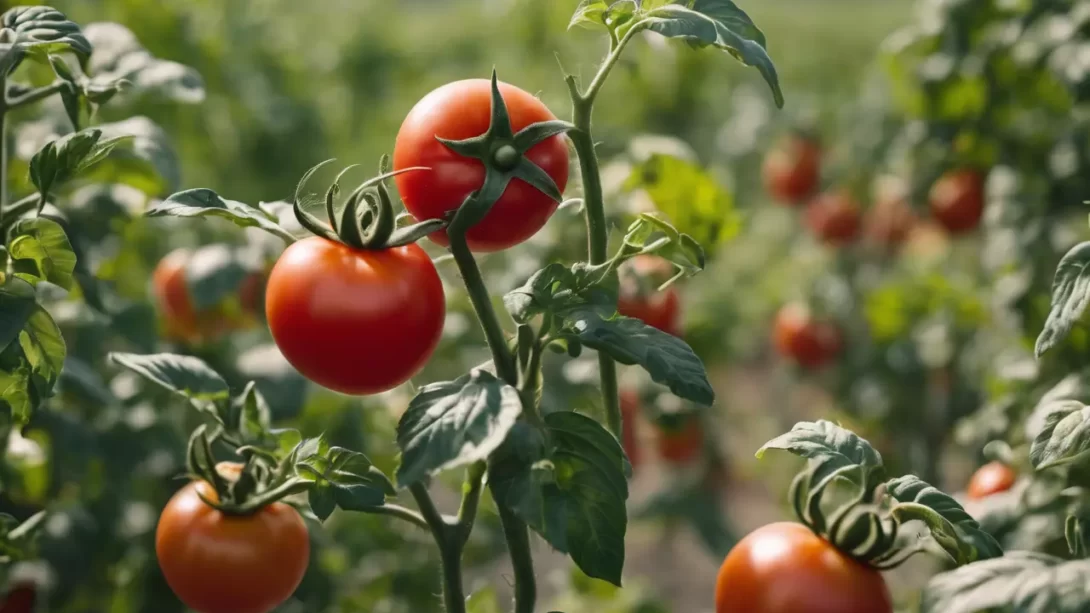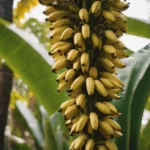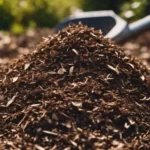Tomato plants, a staple in many gardens, are unfortunately also a favorite target for various pests and wildlife. From tiny insects to larger animals, these threats can significantly damage your tomato plants, affecting both their health and your harvest. Understanding and implementing effective protection strategies is crucial for ensuring a bountiful tomato crop. This article will guide you through identifying common threats and employing practical solutions to safeguard your tomato plants.
Tomato Plant Pests and Predators
A wide range of pests can afflict tomato plants. Insects like aphids, hornworms, and cutworms are notorious for damaging leaves, stems, and fruit. Aphids suck sap from the plants, weakening them, while hornworms and cutworms can defoliate plants and chew through stems and fruits. Aside from insects, animals such as birds, squirrels, and deer also pose a threat. Birds often peck at ripe tomatoes, squirrels can steal fruits, and deer may eat entire plants. Identifying these common threats is the first step in effectively protecting your tomato plants.
Physical Barriers and Protective Measures
Fencing and Enclosures
Fencing is a reliable method to keep larger animals like deer and rabbits away from your tomato plants. A fence should be tall enough to prevent animals from jumping over – usually at least 6-8 feet for deer. For burrowing animals like rabbits, extending the fence underground can prevent digging. Materials like chicken wire, hardware cloth, or solid wood can be effective, depending on the specific animals you’re dealing with.
Netting and Covers
For protection against birds and small mammals, netting can be an ideal solution. Bird netting should be placed over the plants or around a frame to prevent birds from reaching the fruits. It’s important to secure the netting properly to prevent animals from getting tangled in it. For smaller pests like insects, floating row covers can provide a barrier without inhibiting plant growth or access to sunlight and rain.
Natural and Chemical Pest Control Methods
Natural Predators and Companion Planting
Introducing natural predators into your garden is an eco-friendly way to control pests. For instance, ladybugs can help manage aphid populations. Companion planting can also be an effective strategy. Certain plants, like marigolds and basil, are known to repel specific tomato pests and can be planted alongside your tomato plants for a natural deterrent effect.
Organic and Chemical Pesticides
When natural methods are insufficient, pesticides may be necessary. Organic options, such as neem oil and insecticidal soaps, are effective against a variety of pests and are safer for the environment and beneficial insects. Chemical pesticides should be used as a last resort and applied according to the manufacturer’s instructions to avoid harming the plants or beneficial insect populations.
Cultural Practices for Healthy Tomato Plants
Healthy tomato plants are more resistant to pests and diseases. Therefore, adopting good cultural practices is essential. Start with selecting disease-resistant varieties whenever possible. Ensure your tomatoes are planted in well-draining soil and in a location that receives ample sunlight, as strong, vigorous plants are less susceptible to pest invasions and infections.
Proper Watering and Fertilization
Consistent and appropriate watering is key to the health of tomato plants. Overwatering can lead to root rot and under-watering can stress the plants, making them more vulnerable to pests. Using a drip irrigation system or soaker hoses can provide deep, even watering while keeping foliage dry, which is important for preventing fungal diseases. Similarly, a balanced fertilization regimen, tailored to the growth stage of your tomatoes, will keep them robust and better equipped to ward off pests.
Pruning and Maintenance
Regular pruning helps improve air circulation and reduces the likelihood of fungal infections. Removing lower leaves, especially those touching the ground, can help prevent soil-borne diseases. Keeping the garden free of debris and fallen fruits minimizes hiding places and breeding grounds for pests.
Monitoring and Regular Maintenance
Regular monitoring of your tomato plants is crucial for early detection of pests and diseases. Inspect your plants frequently for signs of trouble, such as discolored leaves, stunted growth, or damage to the fruits. Early detection often means more effective and less invasive treatment options.
Integrated Pest Management (IPM)
Adopt an Integrated Pest Management (IPM) approach. This involves using a combination of cultural, physical, biological, and chemical methods to manage pest problems. IPM emphasizes the use of the least toxic approach first, such as handpicking pests or using water sprays to dislodge aphids, before moving on to more aggressive treatments.
Record Keeping
Keep a garden journal to track the progress and health of your tomato plants. Note any issues, treatments applied, and their outcomes. This record-keeping can be invaluable for understanding what works in your garden and preparing better for future growing seasons.
Conclusion
Protecting tomato plants from pests and predators is a multifaceted task, requiring a combination of proactive strategies and reactive measures. From physical barriers like fencing and netting to cultural practices that promote plant health, each method plays a crucial role in safeguarding your tomato plants. The use of natural and chemical pest control should be balanced and applied thoughtfully, always considering the least harmful options first.
In summary, the successful protection of tomato plants from being eaten involves a blend of physical barriers, cultural practices, vigilant monitoring, and the judicious use of pest control methods. By understanding the specific needs and challenges of your garden, you can enjoy a healthy and productive tomato harvest season after season.




